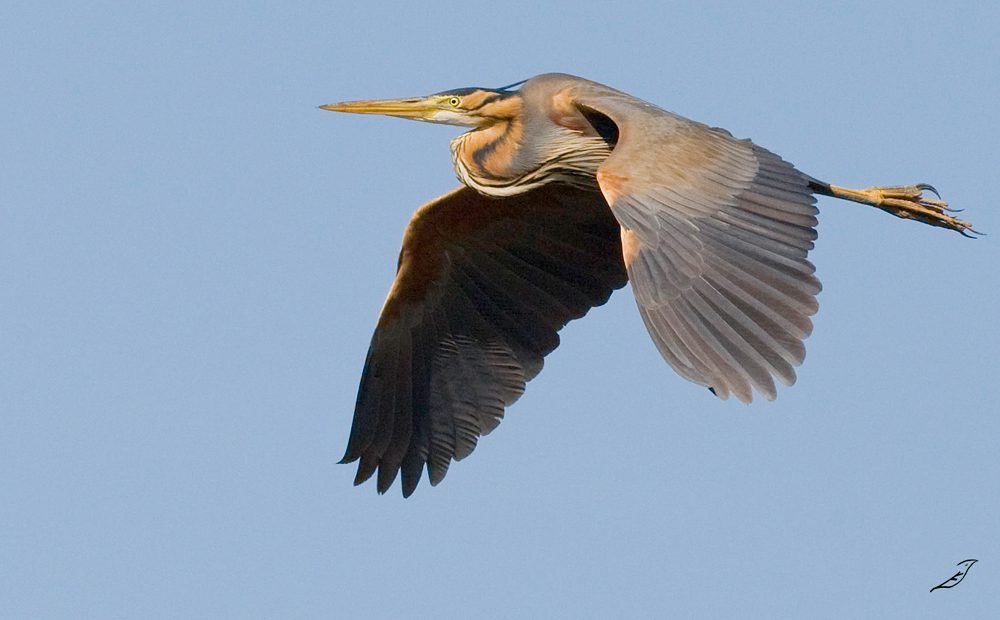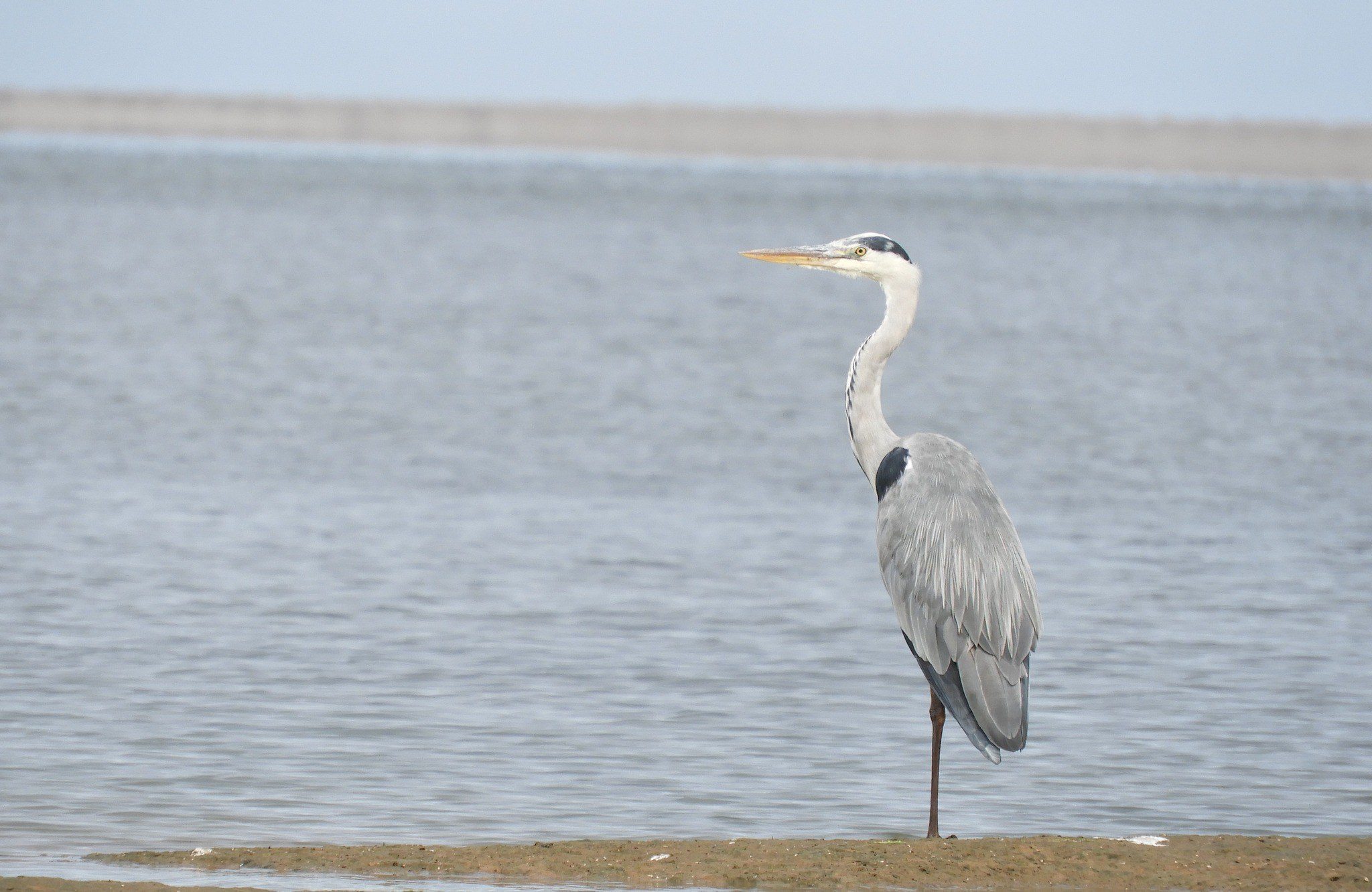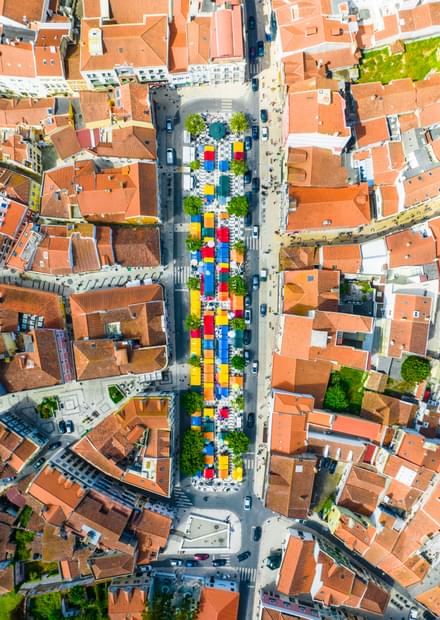Óbidos Lagoon is a coastal lagoon that covers an area of 2600 ha, which is 5 km long and 1 km wide, located between Cape Carvoeiro and São Martinho do Porto. As any other coastal lagoon, Óbidos Lagoon is an environmental system in permanent evolution.
Historically, Óbidos Lagoon has played a major role for the development of nearby communities. The population around Óbidos Lagoon has always been dedicated to hunting, fishing, collecting slime, gathering bivalves and crustaceans and agriculture. This zone has always been extremely rich in terms of fishing. The main fishing communities are located in Nadadouro, Vau, Bom Sucesso and Foz do Arelho.
BioLagoa de Óbidos
The wetland of Óbidos Lagoon is a fascinating natural system made of several complex ecological niches.
The project BioLagoa de Óbidos was launched on February 2nd 2022, the World Wetlands Day at Arelho Park. The main goal of this project consists in awakening awareness on the richness and diversity of water birds that inhabit the Óbidos Lagoon, as well as assuring its preservation.
The City Hall of Óbidos and the City Hall of Caldas da Rainha are working in partnership in order to present a joint application for the classification of Óbidos Lagoon as a Wetland with International Interest for Water Birds, also known as Ramsar Convention. Portugal has 31 Ramsar sites.
The birds of Óbidos Lagoon
Óbidos Lagoon is extremely rich in terms of bird diversity. There are 175 identified birds. The Lagoon is especially important for winter water birds. It is the place of nidification, as well as a support and stop-over spot during migrations.
These birds spend winter season in Óbidos Lagoon: White-faced Cormorant (Phalacrocorax carbo), Mallard (Anas platyrhrynchos), Kentish plover (Charadrius hiaticula), Kentish plover ( Charadrius alexandrinus), Grey Plover (Pluvialis squatarola), Sandpiper (Calidris alba), Black-winged Sandpiper (Calidris alpina), Common Gull (Larus ridibundus), Yellow-footed Gull (Larus cachinnans) and Lesser Black-backed Gull (Larus fuscus).
These birds can also be spotted in Óbidos Lagoon: Red-breasted robin (Erithacus rubecula), Common warbler (Philloscopus collybita), Sparrow (Passer domesticus), Goldfinch (Carduelis carduelis), Blackbird (Serinus serinus), Common buzzard (Estrilda astrild), White Wagtail (Motacilla alba), Common wren (Troglodytes troglodytes), Common linnet (Saxicola torquata), Blackbird (Turdus merula), Blackcap Warbler (Sylvia melanocephala), Chaffinch (Fringilla coelebs), Cattle Egret (Bubulcus ibis) and Lapwing (Vanellus vanellus).
Flamingos migrate differently from other species, since they come from the Mediterranean area. Flamingos (Phoenicopterus roseus) were first spotted in Óbidos Lagoon from 2002. This species migrates during the colder months and Óbidos Lagoon welcomes them.


















